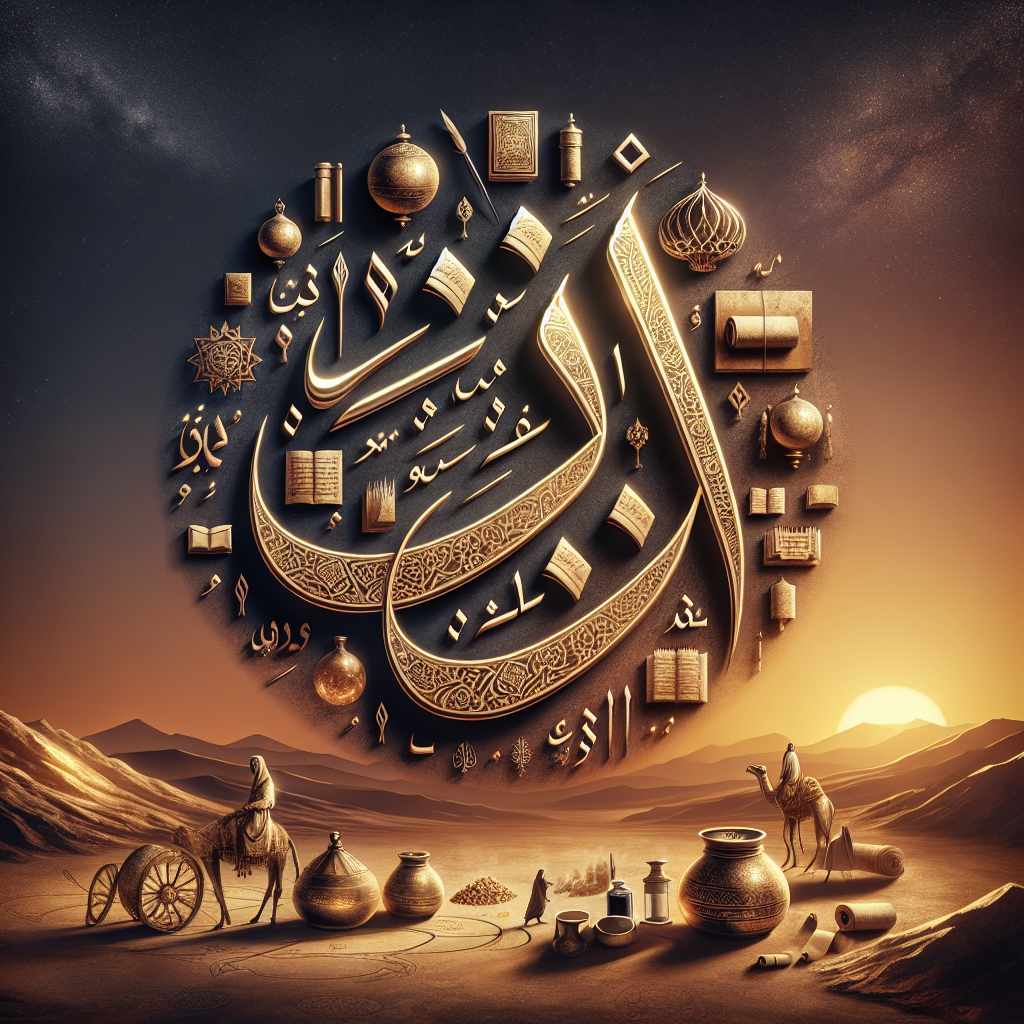The Arabic Alphabet in the Context of Middle Eastern Politics
The Arabic alphabet is more than a set of letters; it’s a cultural and political symbol that resonates deeply in the Middle East. Understanding its role can shed light on the complex tapestry of Middle Eastern politics. In this blog post, we’ll explore how the Arabic script influences political discourse, national identity, and regional dynamics. 🗺️
Table of Contents
1. Introduction
2. The Historical Significance of the Arabic Alphabet 🌟
3. Language and National Identity 🇸🇦
4. The Alphabet in Modern Political Movements 📢
5. Conclusion
6. FAQs ❓
The Historical Significance of the Arabic Alphabet 🌟
The Arabic alphabet has a rich history dating back to the 4th century. Originating from the Nabataean script, it became the dominant writing system across the Arab world, primarily due to the spread of Islam and the Qur’an. The script not only unified diverse tribes under a common language but also facilitated trade and cultural exchange. This historical backdrop set the stage for the alphabet’s role in modern politics.

Language and National Identity 🇸🇦
In the Middle East, language is deeply intertwined with national identity. Countries like Egypt, Saudi Arabia, and Iraq have different dialects but are united by the Arabic script. This unity is crucial for political solidarity and resistance against external influences. National leaders often emphasize the Arabic language as a cornerstone of their identity, using it to rally citizens around a shared heritage and political goals.
The Alphabet in Modern Political Movements 📢
In recent years, the Arabic alphabet has been at the heart of political movements. During the Arab Spring, social media was flooded with posts in Arabic that mobilized masses and spread revolutionary ideas. Activists use the script to craft slogans that resonate emotionally and culturally with the populace, making the movements more relatable and powerful.
Moreover, the script plays a role in political propaganda. Governments and opposition groups alike use it to disseminate messages that are visually striking and immediately recognizable to the local population. The choice of script style can even convey subtle political messages, making typography an art form in political strategy.
Conclusion
The Arabic alphabet is more than just a tool for communication; it’s a symbol of unity and power in Middle Eastern politics. By understanding its historical and modern significance, we gain insights into the region’s complex political landscape. As the world becomes increasingly interconnected, recognizing the importance of such cultural symbols is vital for fostering global understanding. 🌍
FAQs ❓
Q1: Why is the Arabic alphabet significant in Middle Eastern politics?
A1: The Arabic alphabet is a unifying cultural symbol that plays a crucial role in national identity and political movements, making it significant in Middle Eastern politics.
Q2: How did the Arabic script spread across the Middle East?
A2: The spread of Islam and the Qur’an facilitated the adoption of the Arabic script across the Middle East, making it the dominant writing system in the region.
Q3: What role did the Arabic alphabet play during the Arab Spring?
A3: During the Arab Spring, the Arabic script was used extensively on social media and in slogans to mobilize people and spread revolutionary ideas, showcasing its power in political movements.






